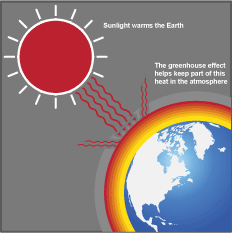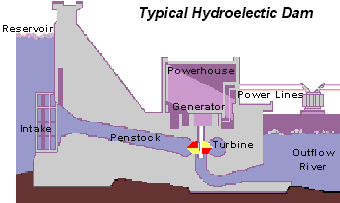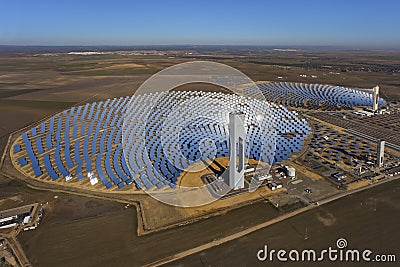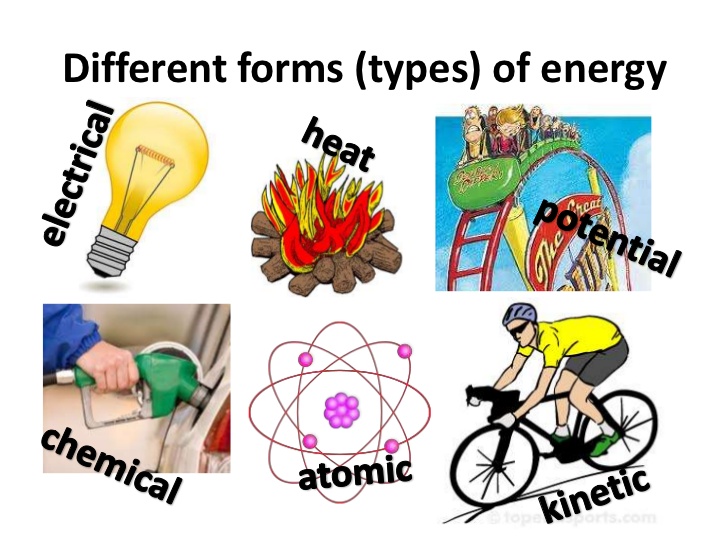SERIES CIRCUIT
Two or more elements are connected in series when the output of one element is the input of the next element. In this type of circuit, the current flowing through all the elements is the same.
To calculate the total resistance we use this formula: R=R1+R2+R3+...
PARALLEL CIRCUIT
Two or more elements are connected in parallel when they share the same input and output. In this type of circuit, the potential difference of each element is the same.
To calculate the total resistance we use this formula:
1/R=1/R1+1/R2+1/R3+...
If identical batteries are connected in parallel, the voltage of the circuit wil not increase.
COMBINATION CIRCUIT
If a circuit has some elements in series and others in parallel, it is a combination circuit.
In this type of circuit, the current remains constant between elements that are connected in series. At the same time, the voltage remains constant between elements that are connected in parallel.
If you click here, you will see another explication of series and parallel circuit.







































